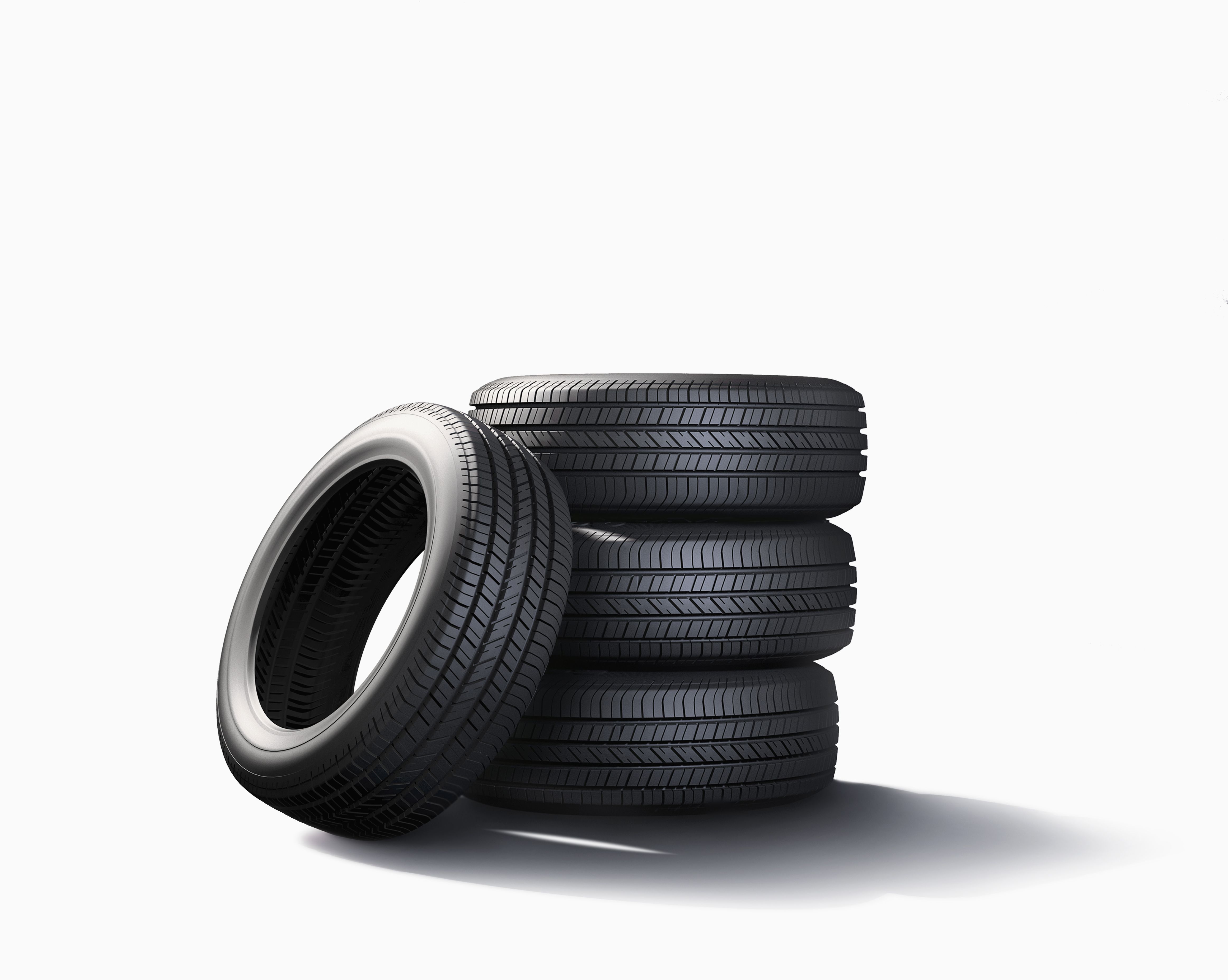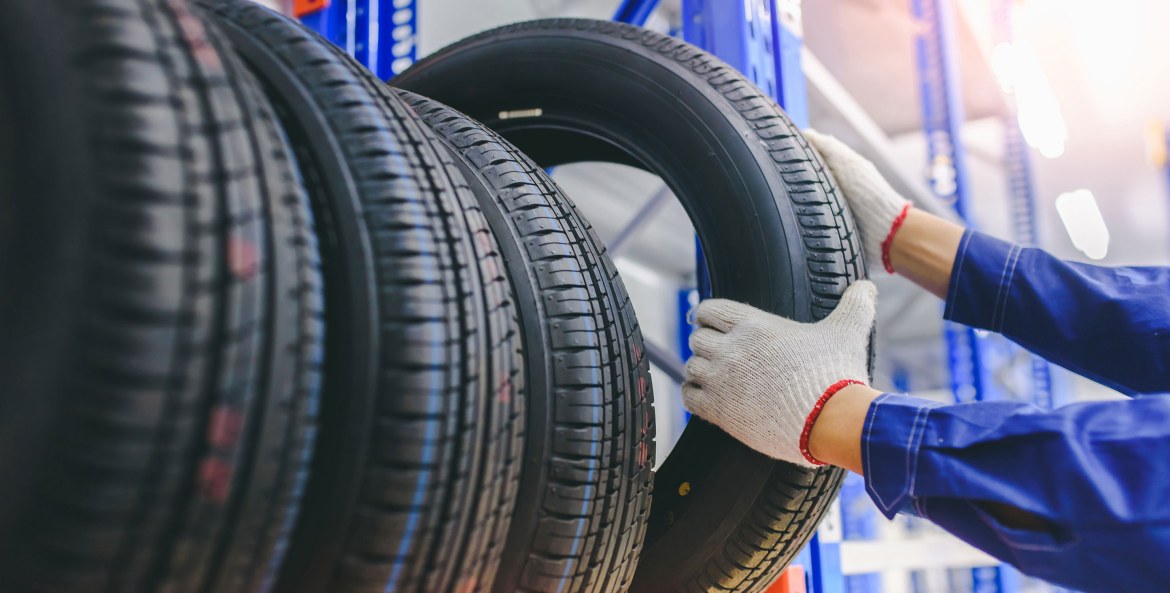All Categories
Featured
Table of Contents
The Michelin used a comfortable driving experience, qualified by receptive steering and a modern understeer balance. In spite of the cooler testing problems, Michelin's regular time and grasp over 3 laps indicates its viability for real-world applications.
An additional notable element was Yokohama's workout time. The tire's very first lap was a 2nd slower than the 2nd, indicating a temperature-related grasp boost. This suggests the Yokohama could shine in completely dry, race-like conditions. However, for day-to-day usage, the Michelin may be a much safer wager. Next off in line was the Hankook.
All-season Tyres ( Bayswater 6062 WA)
It shared Michelin's secure understeer balance yet did not have the latter's desire to turn. Continental and Goodyear's efficiencies were notable, with Continental's new PremiumContact 7 revealing a substantial enhancement in damp conditions contrasted to its precursor, the PC6. This design was far less conscious load changes and behaved similar to the Michelin, albeit with a little much less communication at the restriction.
It integrated the secure understeer balance of the Michelin and Continental with some flashy handling, confirming both predictable and quick. As an all-rounder for this Golf GTI, Goodyear's Crooked array was the standout, showing remarkable efficiency in the wet. The Bridgestone Potenza Sport took the crown as the fastest tire, albeit by a little margin.
Drivers looking for an amazing wet drive may find this tire worth thinking about. The standout entertainer in damp braking was the latest tyre on test, the PremiumContact 7, though the results are nuanced.
Wheel Balancing Services Near Me
Preferably, we wanted the cool temperature test to be at around 5-7C, but logistical delays suggested we examined with an ordinary air temperature of 8C and water at 12C. While this was cooler than common examination problems, it was still warmer than real-world conditions. The warm temperature test was done at approximately 18C air and 19C water.
The third run entailed damp stopping tests on worn tyres, particularly those machined to 2mm with a tiny run-in. While we meant to do even more with these worn tires, weather restraints restricted our testing. It's worth noting that wet braking is most essential at the worn state, as tires generally enhance in dry conditions as they use.

Bridgestone, Goodyear, and Michelin saw the least performance reduction when worn. The Hankook tyre registered the smallest efficiency decline as temperature levels cooled, but it was among the most impacted when put on.
Reliable Cost-effective Car Tyres Near Me – Bayswater
The take-home message right here is that no single tire mastered all aspects of wet braking, indicating an intricate interplay of aspects affecting tyre efficiency under various conditions. There was a standout tire in aquaplaning, the Continental ended up top in both straight and curved aquaplaning, with the Michelin and Goodyear also excellent in much deeper water.

Yokohama could gain from slightly more hold, a problem possibly influenced by the cooler problems. As for managing, all tyres done within a 2% array on the lap, showing their top quality efficiency (Budget car tyres). However, considering these tires basically target the exact same consumer, it interests observe the substantial differences in feel.
The surprise is because the PremiumContact 6 was among my favourites for flashy completely dry drives, yet its successor, the PremiumContact 7, appears elder and looks like Michelin's performance. Among these, Hankook was the least precise in guiding and communication at the restriction. Tyre fitting services. Both Michelin and Continental provided beautiful first steering, albeit not the fastest
If I were to suggest a tire for a quick lap to a novice, say my father, it would be one of these. After that we have the 'enjoyable' tyres, namely Yokohama and Bridgestone. Both were quick to steer and really felt sportier than the others, however the trade-off is an extra playful back side, making them extra difficult to handle.
Best Car Tyre Fitting – Noranda
It provided similar guiding to Bridgestone yet offered better feedback at the restriction and better grasp. The Bridgestone Potenza Sport, nevertheless, appeared to degrade fairly quickly after simply three laps on this demanding circuit. There's Goodyear, which positioned itself someplace in between the fun tyres and those tending in the direction of understeer.
All in all, these tyres are superb entertainers. In terms of tyre wear, the approach made use of in this test is what the industry refers to as the 'gold standard' of wear.
Both the Bridgestone and Yokohama tyres considerably underperformed in comparison to the various other four tyres in terms of rolling resistance, with Continental a little outperforming the remainder. Regarding the comfort degree of the tyres, as prepared for, most showed an inverted connection with handling. The Continental, Michelin, and Goodyear tires executed ideal across different surface types checked.

Bridgestone began to show signs of firmness, while Yokohama was especially rough over pockets. We did determine inner sound levels; however, as is usually the situation, the results were carefully matched, and because of weather constraints, we were not able to perform a subjective evaluation of the tyres sound. Lastly, we considered abrasion figures, which determine the quantity of tyre tread lost per kilometre, normalised to a one-tonne car.
Tyre Tuning – Noranda
This number stands for the amount of rubber dirt your tires generate while driving. Michelin led in this category, creating over 9% less rubber particle issue.
Latest Posts
Tyre Upgrades – Noranda WA
Trusted Tyre Safety Checks – Wanneroo
Affordable Tyre Upgrades Near Me